Perovskite solar cells have been evaluated as highly competitive in the field of photovoltaic research and promising to realize low-cost photovoltaic technology. Recently, the world-famous academic journal Nature published online the research results of Professor Han Liyuan of Shanghai Jiao Tong University. The team used a new, more economical and safe method to prepare large-area perovskite films that were tens of times thinner than flaps, an important step towards realizing large-scale, low-cost solar power generation.
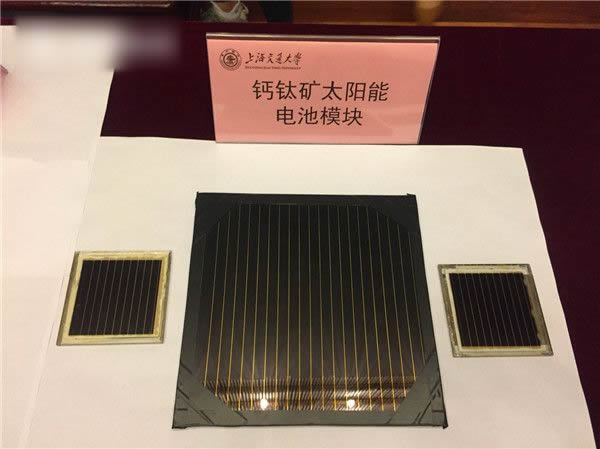
Perovskite solar cells are more efficient and less expensive than polysilicon solar cells, which are widely used today. However, due to the fragile structure of this material, it is a world-class problem to make the films bigger. Previously, scientists have been trying to use the "vacuum evaporation method" and "solution method" to make perovskite film, more than 20% certified perovskite solar cell area is like a grain of rice at most. The newly produced Perovskite film from the laboratory presented by Professor Han Liyuan’s team today is sandwiched between two glasses. Its thickness is ten times thinner than that of a flap, only 1 micron, which is one tenth of the hair, and its area has reached 400 square centimeters. This is a result of the 36.1 square centimeters published in the magazine "Nature". It's more than 10 times bigger.
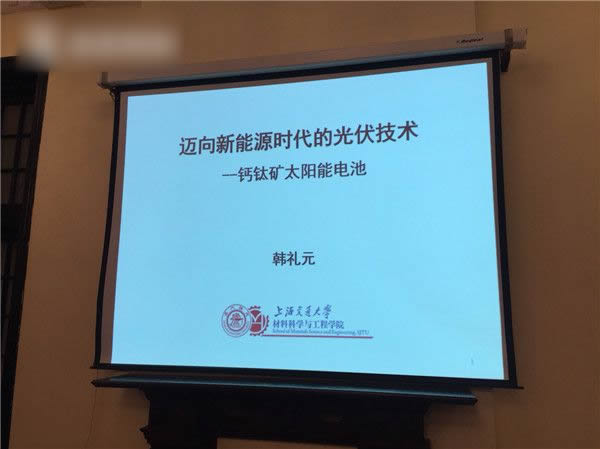
Professor Han Liyuan, State Key Laboratory of Metal Composite Materials, School of Materials Science and Engineering, Shanghai Jiaotong University: With the new method, we can make it bigger and make a film with even and less defects. After the high quality film is made, it can be further improved. Module. This is why the reason why the paper that recorded this achievement can be published in the journal Nature is that we have taken an important step in the practical application of perovskite.
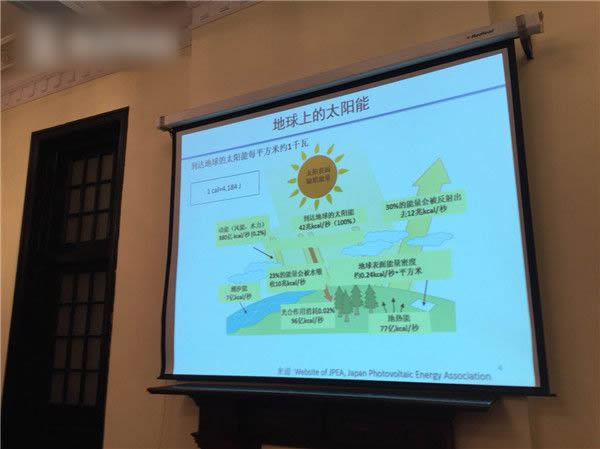
According to reports, Professor Han Liyuan’s team introduced ammonia-based gas, utilized chemical reactions, and innovative preparation techniques. Its effective area of ​​36.1 square centimeters of the module, for the first time in an international organization, achieved a certification efficiency of 12.1%, setting a first large area of ​​calcium titanium. Mine module efficiency world record.
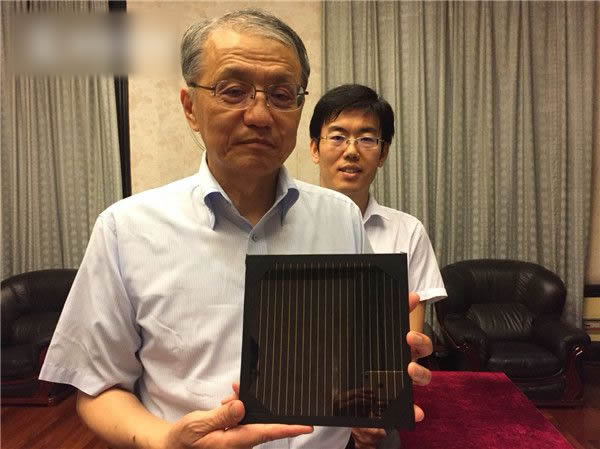
Professor Han Liyuan, State Key Laboratory of Metal Composite Materials, School of Materials Science and Engineering, Shanghai Jiaotong University: Our current photoelectric conversion rate is 12%. According to our own estimates, 16% and 18% are no problem. The efficiency of silicon cells on the market is now about 18%. Our next step is to think of ways to improve efficiency and make it bigger. The cost we have calculated, as long as we can achieve more than 15% conversion rate, we can be more than half of the silicon battery.
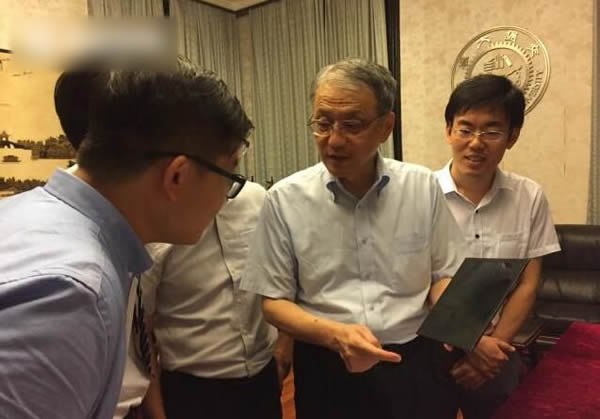
According to estimates, only in the global solar-powered Gobi desert area, the low-cost perovskite solar cells can supply electricity to meet global energy needs. In the photovoltaic industry such as solar cars and solar airplanes, perovskite thin-film batteries will have bright prospects. It is reported that tech companies have shown great interest in this technology and the scientific research team also hopes to speed up its commercialization process, making it a mainstream power generation method for the market, reducing the cost of power generation, mitigating the energy crisis, and improving the natural environment. make a contribution.
Steel bends and steel elbows are both very common pipe fittings which are used to change the flowing direction in a piping systems. In addition to pipe fittings for connecting , elbow pipe also refers to a processing method. It is to Bend the straight pipe through the processing method to achieve the purpose of changing the circulation direction of the pipeline. The manufacturing process and the finished product are called pipe bend.
In order to ensure that the wall thickness of the bending part is no less than that of the straight pipe part, the minimum radius of the pipe bending should be 3D( the D means nominal diameter of this bend). The specific size depends on the operating conditions. That is to say, radius is not restricted as long as it exceeds 3D, which can be 3D or 3.2D, even 4D, 5D, 6D and 8D are also acceptable. In addition, the angle of the bend can be in any degree, some times there are also custom-designed bends which are 22.5 °, 45 °, 90 °, 135 °, 180 °, 270 ° and so on.
ASTM A105,A234 WPB,Pipe Fitting Bend
Cangzhou Youlong Pipe Fitting Manufacturing Co., LTD , https://www.ypco88.com
